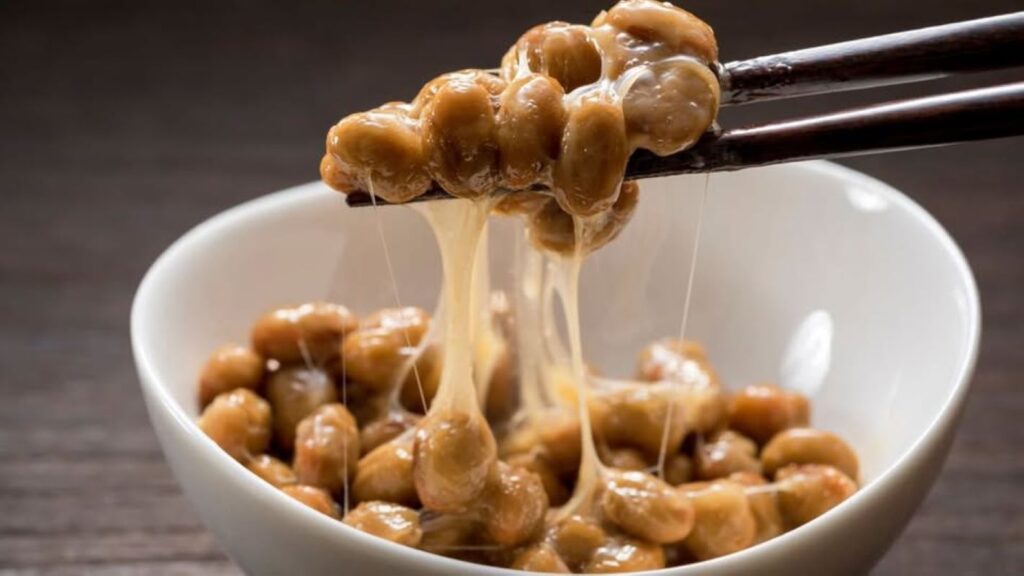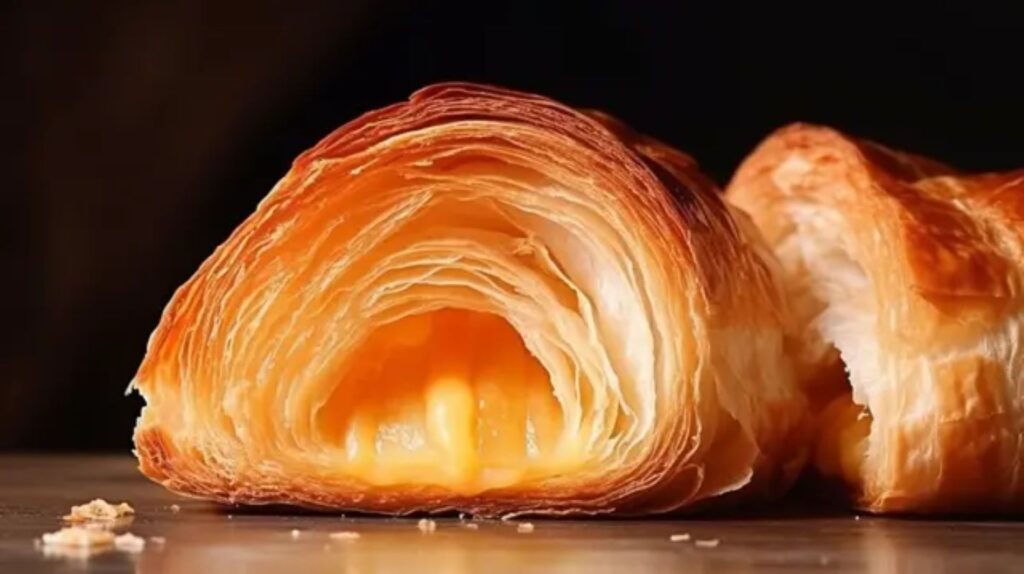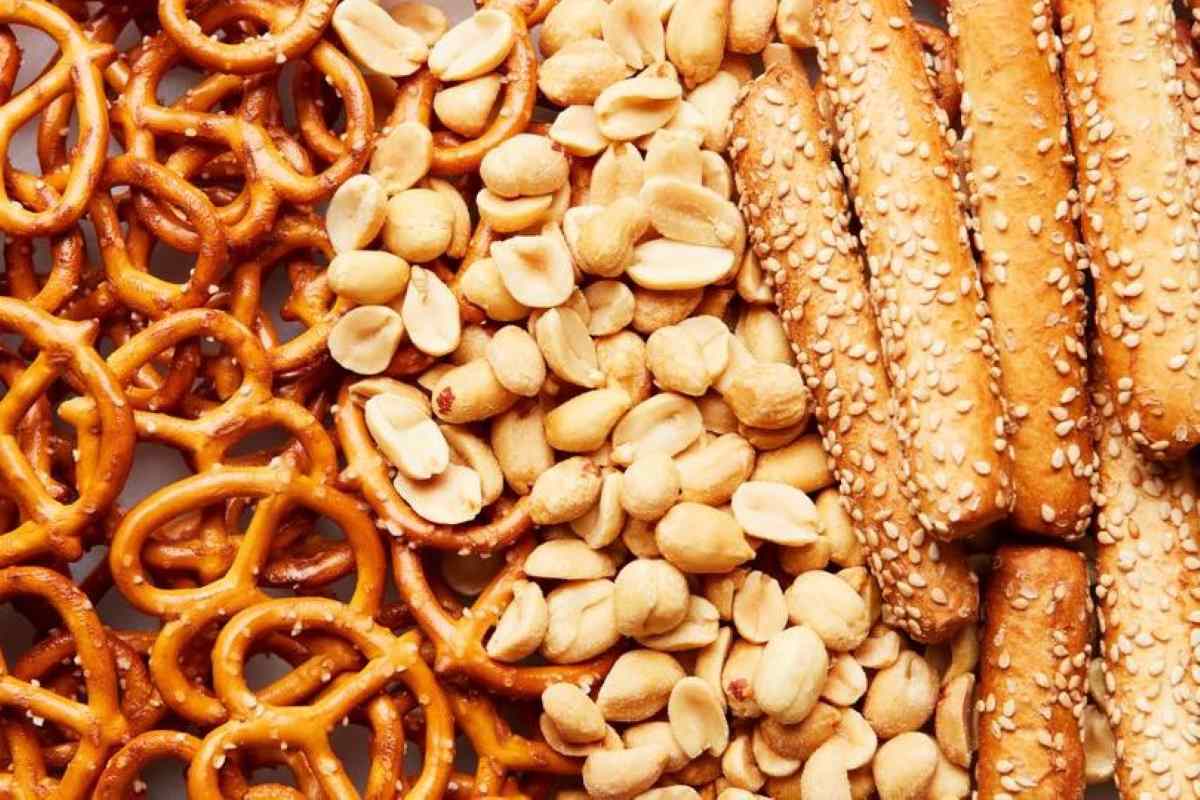A quick scenario to help understand the relationship between food texture and enjoyment. Imagine biting into a soggy potato, slimy carrot, soft apple, or stone-hard pizza. It is safe to agree that such food items will receive a one-star review from the average consumer. Why, food texture influences how much we enjoy a meal.
The flavor of a dish can easily work up your appetite and palate, but when the texture of the food is unsatisfying, the entire meal may become undesirable. Consequently, the texture of our meal is just as important as its flavor.
So, beyond the emotional and food choice impact of food texture, this piece will break down the science behind it. Keep up to understand why some food products taste best when crispy and some when soft or jellylike.
What Is Texture in Food?
It is almost impossible to eliminate the significance of the relationship between food texture and enjoyment. From the perspective of a food consumer, texture is an attribute that can be assessed through the sensory experience of eating. Usually, the texture of food involves sensory eating experiences like touching the product or placing it in the mouth. It is after such activities that a food assessor can then rule the crisp, creamy, chewy contrast.

Also, since texture falls within the ‘subjective’ range of food quality properties, people’s texture preferences in food vary. Subjective food properties are largely accessed with the sense organs, singly, or in combination.
So, when you hold a food product in your hand and take a bite, physical properties, mouthfeel, consistency and bite resistance help assess its texture. Some textural physical properties of food are crispiness/crunchiness, hardness, creaminess, chewiness, smoothness, softness, etc.
ALSO READ: The Psychology Behind Cravings: Why You Always Want Chocolate
Why Texture Affects Perception and Satisfaction
There’s a fine line between establishing a flavor and texture connection and, by extension, food texture and enjoyment. One of the most important roles of texture in how well you enjoy a meal is how texture influences flavor enhancement. Consider this scenario: it is easier to enjoy the flavor of a warm cup of chocolate in winter, compared to biting down on a hard bar of dark chocolate.
So, when you take food like chocolate and process it differently to get four products. One crisp, and the other three chewy, grainy and smooth respectively. The implication is that the found products will yield different results of perception and satisfaction, despite all being made from the same kind of chocolate. Interestingly, this submission about food texture and enjoyment is not a fictional hoax, but has the backing of multiple sensory evaluation studies.

In addition, texture and taste perception of some foods pass some cues to consumers, even if that is their first trial of the meal. For example, crunchy foods may give consumers a feeling of freshness and pleasure. Similarly, creaminess in pizza or grilled steak may cause a feeling of comfort and indulgence.
Sensory eating experiences, based on food texture, may influence food habits, satiety, and even food addictions.
The Brain-Texture Connection
All the sense organs in the head enjoy neural, direct and high-speed connections to the brain. So, the earlier suggestion that food texture and enjoyment, satiety and addiction are related should not come as a surprise. For example, a 2005 study affirms that the brain responds differently to foods with varying sensorial cues like texture.
However, it is essential to note that texture does not possess monotony in influencing food perception and satisfaction.

These neural responses to food texture and enjoyment can also trigger emotional eating habits. For example, eating food with specific textural characteristics may trigger cravings, disgust, or nostalgia. Such responses often have links to previous experiences of texture and mouthfeel in eating. Also, the food triggering the neural response does not need to be the same as the precedence, possessing similar textures is enough. Now, imagine yourself trying out with the texture and consistency of sand, you are likely to spew it out even if it tastes great.
Cultural and Personal Preferences
Texture preferences in food may vary across cultural lines, and culinary dissent may even be personal. In the global East, some of the cultures prefer meats that are tender and chewy, with soft skin. On the contrary, lovers of tasty fried chicken may prefer their meat a crisp, creamy, chewy contrast, without compromise. Similarly, some cultures or individuals are comfortable eating slimy food like slippery okra, while others are averse to it.

It is important to stick to your cultural and personal food preferences, to ensure convergence of food texture and enjoyment. Of course, it is often a great idea to be open-minded about food and embark on culinary adventures. However, whenever you find yourself away from home and have a choice of foreign dishes, it is always advisable to go for foods with familiar ingredients and textures.
For migrants intending to retain the culinary heritage of their culture in a strange land, catch your children young. Help them acclimate to the texture of your cultural dishes by preparing them at least on special occasions.
ALSO READ: The Truth About Processed Foods: Are They Really That Bad?
How Chefs and Product Developers Use Texture
Have you tried replicating the food texture and enjoyment experienced at a fine dining house at home, with little success? Some chefs have mastered the culinary art of textural layers in cuisines. While you are engaging in crunchy vs creamy food debates for home-spun meals, chefs are building layered texture into a single bite. Such exotic foods sometimes have crunchy crusts and a soft and creamy core.

Similarly, the R&D teams of food manufacturing companies are making headway in techniques like emulsification, aeration, and hydrocolloids formation. These sophisticated food processes are mostly used to achieve texture control during production.
Texture is one of those forces of food satiety that is easy to overlook. Meanwhile, it plays a significant role in the enjoyment and satiety of food products and meals. Flavor and taste are important, but the flavor and texture connection is inextricable. So, during your next meal, try to strip it down to understand the importance of texture in food enjoyment. There’s our go at food mouthfeel explained.
So, next time you crunch, slurp, or chew—know your senses are savoring structure, not just taste.











